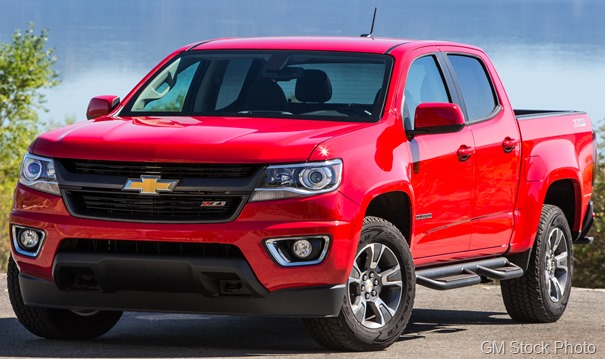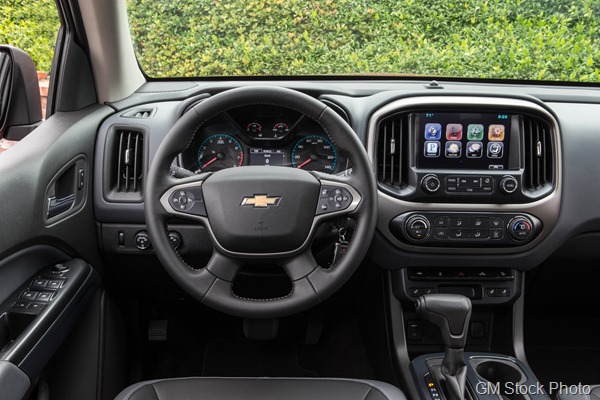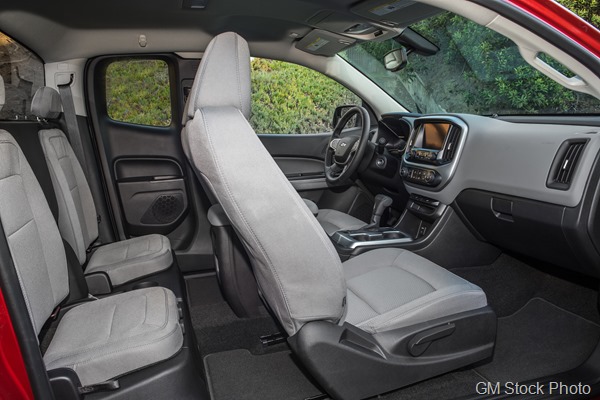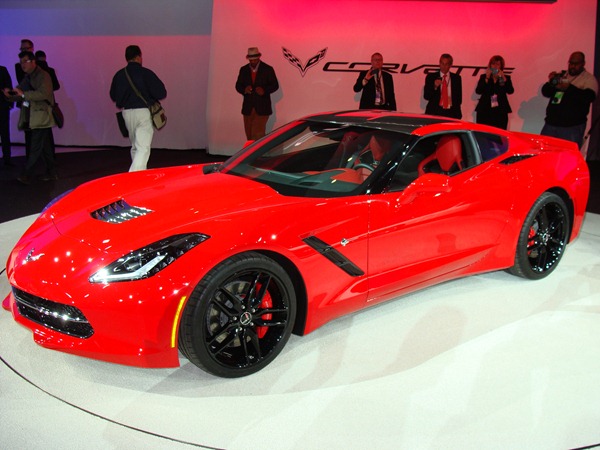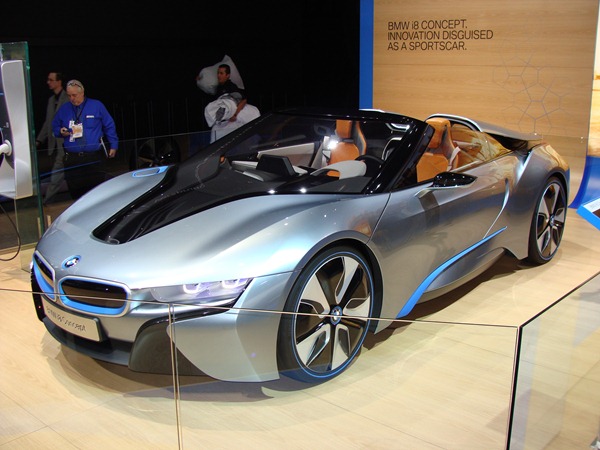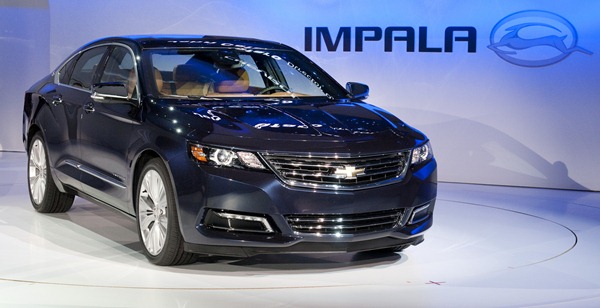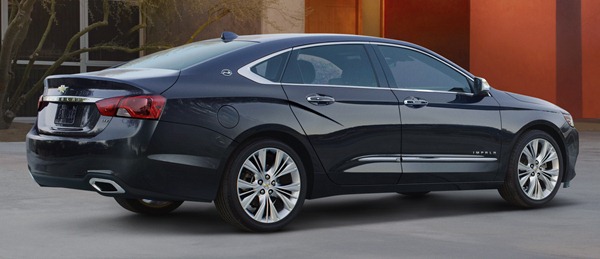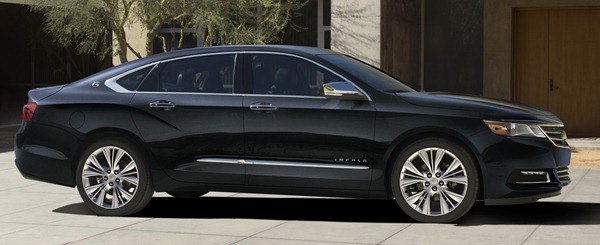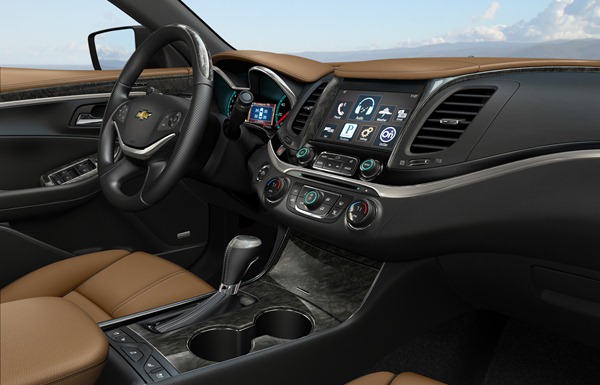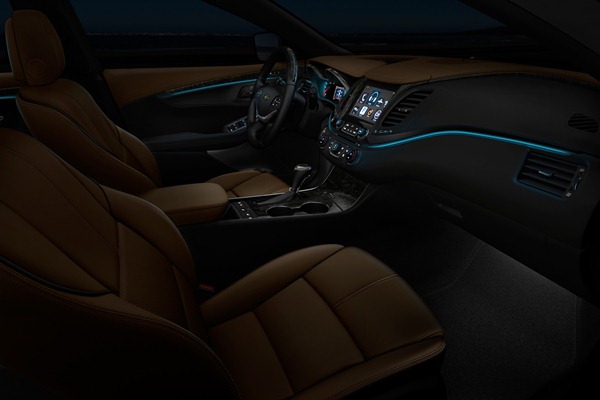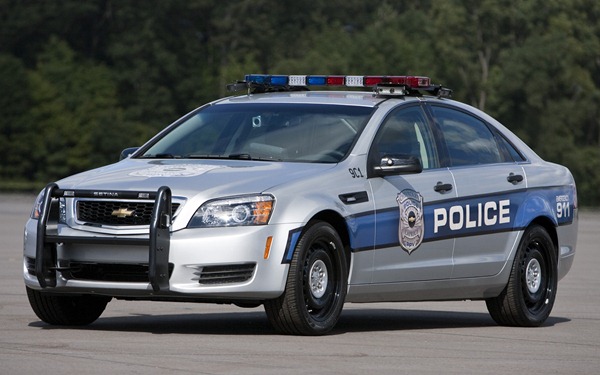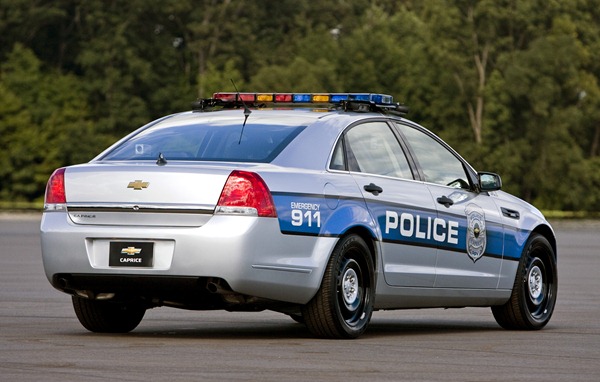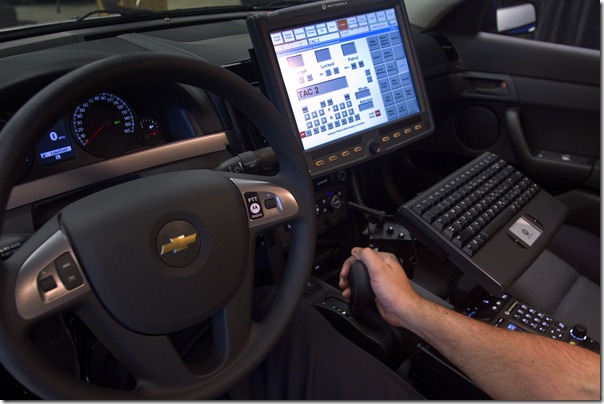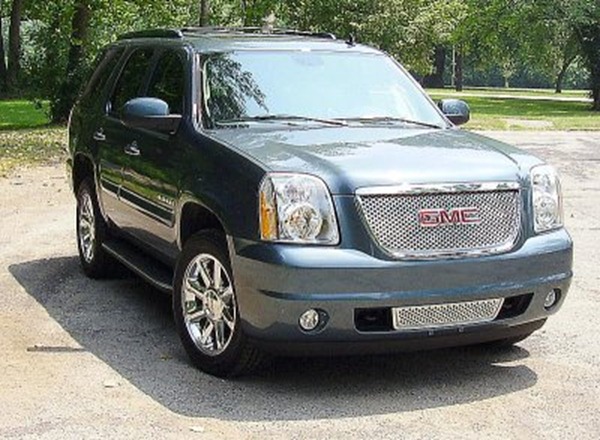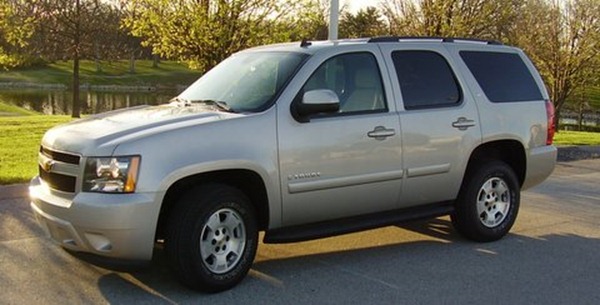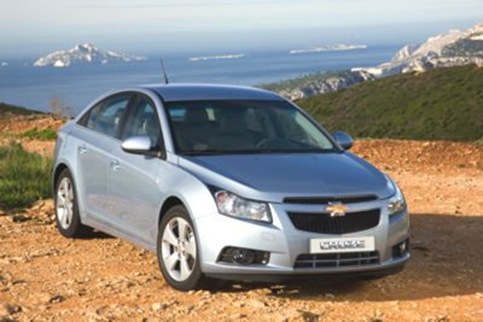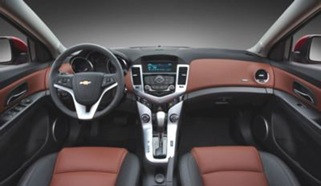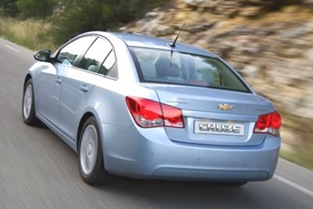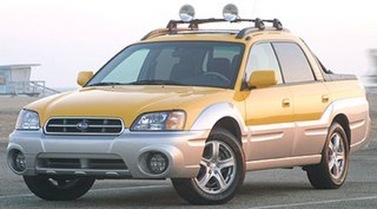A while back I showed you some pics of the Australian Ford Ranger (below) and mentioned that I wish we could get it here in the US.



Not to be outdone, Chevrolet recently announced a new Colorado pickup to be built in Thailand for the Asian markets. It’s design is striking, rounded lines, the corporate face and more of an integrated look than the current model. According to pickuptrucks.com, the new Thai Colorado has not been announced as a US vehicle (bummer) but will showcase new engines (four-cylinder turbo diesels) and dramatic new looks (below, all from pickuptrucks.com). If you need more picks click here to go to Car Scoop!



These two vehicles and their design philosophy got me thinking: why is it that pickup trucks don’t change that much from year to year?
Seriously, why can’t we have these sleek trucks here in the US? Perhaps they are afraid of slow sales for making such radical changes. Perhaps they have lost their way and don’t want to spend the R&D money. Perhaps a focus group said they didn’t like it.
Whatever the case, the US automakers should take a page from Steve Jobs who helped usher in the modern era in computing, music and mobility, technology-wise. Stop listening to the committees and start listening to the gut, to common sense, to the experience of your engineers and designers.
Sure, we’ve had innovative designs like the Chevy Avalanche, with its mid-gate that enables a full pickup bed or seating for four, along with a fully covered cargo area and a tonneau cover that can hold a 250-pound person. And then there’s the epitome of cool design, the Honda Ridgeline, with its two-way tailgate and water-tight storage under the bed.
But, these are full-size trucks with plenty of room and lets of storage possibilities.
In the small truck arena, we’ve had little change in the last 20 years or so. Take the Ford Ranger for example. The styling has changed very little since the last 90s. Yes, there has been new grills and headlights over the years but the silhouette has remained static. And let’s not even go inside where anyone who owned a 1996 or 1997 would feel right at home in a 2011.
The other small truck worth note is the Chevy Colorado/GMC Canyon built by General Motors. Yes, these were all-new in the mid-2000s but they are still square, boxy, and frumpy.
It’s time for the small pickups to join the rest of the auto industry and get aerodynamic and sleek. Ford, GM, please bring these two stylish, good-looking and modern trucks to the US market.
And while were at it, Volkswagen, please bring us your sweet-looking pickup!!!

Keep reading for two Retro Reviews!
2007 Saturn Aura XR 3.6

Like never before, indeed.
by James E. Bryson
When we first saw pictures of the new Saturn Aura, and then in person at the North American International Auto Show, we were duly impressed with its stance, crisp lines and overall character. You really can’t call this a replacement to the rotund LS-series. No, the Aura is what the LS should have been and where Saturn should have started back in the day.
With an aire of sophistication never before deemed possible by the fledgling automaker, the Aura has set a new standard for the import fighter that we can only dream will catapult the rest of Saturn’s lineup into the outer cosmos…or, at least, out near Neptune.
Driving the Aura is a pleasure usually reserved for those who plunk down big bucks for Infiniti, BMW, Acura or Mercedes, to name a few. Yes, the Aura is in that league of astonishingly fun sports sedans, but for a fraction of the cost.
With a 3.6-liter V6 with variable valve timing and 252 horsepower and 251 lb.-ft. of torque, a six-speed, manually controllable transmission, four disc brakes with ABS and a stout suspension, the Aura can hold its own with many of the more expensive vehicles.
On our handling loop, we found driving at 8 or 9 tenths was easily accomplished and we seemed to make record time getting through the tight, twisty turn section. Speaking of that, we noticed speeds reaching 60 miles per hour on more stretches than in previous drives. Quite a feat for a GM sedan, not to mention a Saturn.
When we first got the Aura, we thought the brakes were soft and required a little too much pressure to stop the 3600-pound Saturn. After driving our test loop, we now know that the brakes are spot-on awesome and we wouldn’t change a thing. Also, we noticed hardly any fade, and we were on the brakes more so than usual (due to traffic and the aforementioned higher speeds).
Out on the open road, the Aura is composed and a delight to pilot. With all that power on tap, passing is a non-issue and keeping pace with traffic is not needed, since you will be making the pace. Never did we notice any float or unwelcomed suspension vibrations. Our only real gripe with odd noises is the tendency of the sunroof shade to bounce on its track. It was just a bit loose and more than once we had to push it back in the open position when it slid forward. (Couldn’t have done that from our driving!)
Inside the Aura, you find a tranquil, pleasing, luxurious place to conduct the business of driving. The leather seats, wheel and shifter, coupled with the satin metallic-looking trim give this big Saturn an upmarket, sporty feel. The gauge cluster is neat and concise, with quickly read gauges and controls that fall at hand. We felt like we knew this car the first time we drove it.
If you are safety-conscious, like most of us these days, then you’ll be pleased to know that the Aura comes with a plethora of airbags like dual-stage frontal, head-curtain side impact and front-seat-mounted thorax protection. Also, the National Highway Traffic Safety Administration rated the Aura with five stars in both frontal and side impact tests.
Aura also comes in XE trim with a 3.5-liter V6 (224 horsepower and 220 lb-ft. of torque) and four-speed automatic, along with struts up front and the same independent rear suspension as the XR, though tuned a bit less sporty, with 17-inch wheels and tires. Expect a base price about $21k.
With the XR as the top of the Aura line, you expect it to be more expensive, but at a base price of $23,495.00, you sure do get a lot.
Expect a year of OnStar, the 3.6-liter V6 and six-speed automatic transmission with steering wheel paddles, disc brakes all around with antilock, remote keyless entry and vehicle start, dual frontal/head curtain/outboard rear side impact airbags (That’s a lot of bags!) and so much more.
Such a long list of standard items means not many options are needed to make you happy, right? Well, we got some very nice ones to keep us company on the long road, wherever it takes us: For starters, our tester had the Premium trim package with leather seats, wheel and shift knob ($800); the Enhanced Convenience package came with a six-way power seat for the passenger and power adjustable pedals ($425); the sunroof ($800); XM ($199) and premium trunk and floor mats ($100) for a grand total (with $650 in destination charges) of $26,919.00.
For the price, you get a European-inspired sedan with solid looks, great handling and an interior trimmed with the finest materials this side of a BMW or Mercedes, for half the price. How can you go wrong?
2008 Cadillac CTS4
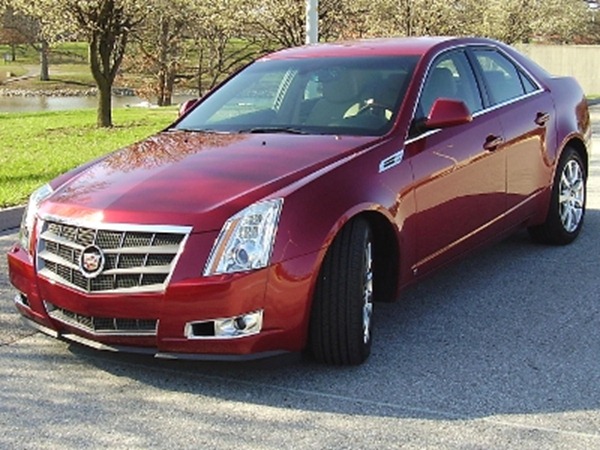
Chalk One Up to Good ‘Ole American Ingenuity
by James E. Bryson
If you’ve seen the pictures but have not seen one in person, go to a Cadillac dealer right now. Drop whatever menial task you’re doing and go. I mean it. Go. You have got to see the new CTS up close and personal.
Redesigned for the 2008 model year, the square-ish, slab-sided, angular CTS of last year makes way for a more muscular, rounded, sporty looking vehicle. It’s definitely an evolution in the right direction. Our first glimpse of the real deal was at the 2007 North American International Auto Show and we were instantly smitten.
When we got the original call about the week’s worth of driving, we were delighted. Then came the call that there had been an accident and we wouldn’t see the CTS until maybe next year (the problem living away from the Michigan/California car centers).
Then, we get the rebound call, "I can send you the CTS. How’d that be?"
After a second of silence, the answer came out a bit snarky, "I guess if you have to send it, I can take it off your hands for a few days."
The biggest surprise of all was getting the all-wheel-drive version. Now don’t take the next few lines the wrong way, there’s nothing better than a sporty rear-wheel-drive car. But to have a 300+ horsepower automobile with a tight suspension, great brakes and the uncertainty of spring weather in the Midwest, all-wheel-drive is looked on as a blessing, not a curse.
As for the CTS’ new styling, you either like it or hate it. It’s a bit more muscular than the previous version and keeps some of the angles, though they are a bit softer. Most striking is the way the designers sculpted the body to give it more appeal and morphed it into something similar and yet completely different from the previous generation CTS.
Up front, the grill has been elongated and the headlights made more elegant (now housing xenon lights that turn as the steering wheel turns) with LED lights accenting the sides of the housing. At the rear, the taillights have been lengthened and slimed down and the center brake light is now a de facto spoiler; very classy.
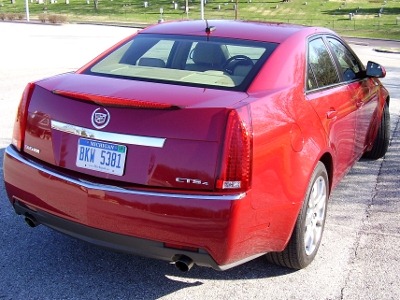 Driving the CTS is a Zen experience to the max. With a little understeer at the limit, it scoots around corners, utilizing all the traction of all-wheel-drive for all it’s worth. On the highway, it’s another matter. Remember, this is a Cadillac and it rides like a 21st century Caddy…tight but not bouncy, with a comfy ride on the Interstate and enough control to make it fun in the twisties.
Driving the CTS is a Zen experience to the max. With a little understeer at the limit, it scoots around corners, utilizing all the traction of all-wheel-drive for all it’s worth. On the highway, it’s another matter. Remember, this is a Cadillac and it rides like a 21st century Caddy…tight but not bouncy, with a comfy ride on the Interstate and enough control to make it fun in the twisties.
And with 300+ horses, this thing flies! We were out on the Interstate, carting a friend out into the boonies to get his car from the ‘rent’s and smack-dab in front of us was a Dodge Neon SRT-4. Now we didn’t make any move more aggressive than riding this Neon’s tail for about a mile. He got the point and took off. We were able to catch and pace that SRT-4 pretty easily. The funny part was this Neon got off at the same exit we needed. With a knowing nod, we left each other in peace to drive like maniacs on another day.
The only drawback to our driving style, the high horsepower and all-wheel-drive was an observed MPG around 20. For an SUV or truck, that’s not bad. For a sedan you might want to drive back and forth to work in, you may want to buy a Chevy Aveo for that task.
The interior is a step above. The lighting at night is spectacular, with accents that run the length of the dash and into the doors. All footwells are lighted as well as the door pulls. It’s a classy touch that makes the cabin more appealing and warm.
One little quip: We kept setting the parking brake out of habit, and pulling the hood release since it’s in the spot most vehicles that have a foot-activated parking brake have it. Annoying, but not necessarily a deal-breaker.
As it is in every car review, and life for that matter, price must be considered, especially considering the price of gas these days.
Our test car, in the prettiest shade of red (crystal red premium to be exact) based at $34,545.00, including such basics as the 304 horsepower V6, six-speed automatic transmission, independent suspension at all four corners, 17-inch wheels, traction control, tire pressure monitoring, leather steering wheel with auxiliary controls, dual zone climate control, 8-way power driver seat, airbags all around (including head curtain side bags front and rear), remote keyless entry and OnStar, to scratch the surface.
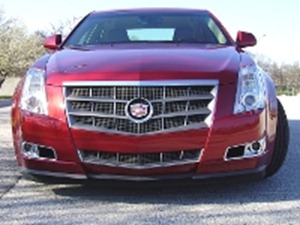 Of course, unless you’re a Mary Kay Sales Director, you’d expect much more, so our optioned out car included the Performance Collection ($3300): 18-inch aluminum wheels and tires, xenon headlights that turn with the steering wheel, limited slip differential, performance cooling system, 10-way power seats for both driver and front passenger with memory and heat, heated windshield washer fluid with headlamp washers; the Luxury level one package ($850): theft deterrent alarm system, rain sensing windshield wipers and the aforementioned accent lighting; the ultimate radio upgrade ($3145): MP3/CD/DVD player, 10-speaker Bose surround sound, 40GB hard drive, and a nav screen with XM Nav Traffic; all-wheel drive ($1900); Crystal Red premium paint ($995); sapele wood on center console, instrument panel and door trim ($495); All-wheel ABS with performance disc brakes ($395); compact spare tire ($250); and Sapele wood on the steering wheel and shift know ($150). Add a destination charge of $745 and you get a whopping $46,770.00 grand total…and we do mean GRAND.
Of course, unless you’re a Mary Kay Sales Director, you’d expect much more, so our optioned out car included the Performance Collection ($3300): 18-inch aluminum wheels and tires, xenon headlights that turn with the steering wheel, limited slip differential, performance cooling system, 10-way power seats for both driver and front passenger with memory and heat, heated windshield washer fluid with headlamp washers; the Luxury level one package ($850): theft deterrent alarm system, rain sensing windshield wipers and the aforementioned accent lighting; the ultimate radio upgrade ($3145): MP3/CD/DVD player, 10-speaker Bose surround sound, 40GB hard drive, and a nav screen with XM Nav Traffic; all-wheel drive ($1900); Crystal Red premium paint ($995); sapele wood on center console, instrument panel and door trim ($495); All-wheel ABS with performance disc brakes ($395); compact spare tire ($250); and Sapele wood on the steering wheel and shift know ($150). Add a destination charge of $745 and you get a whopping $46,770.00 grand total…and we do mean GRAND.
The CTS is an awesome car that’s about 10 years too late. Let’s hope the General can keep these types of interesting, fun to drive cars coming in the near future!
Stay tuned for the next installment where I’ll talk about a new Hyundai…










